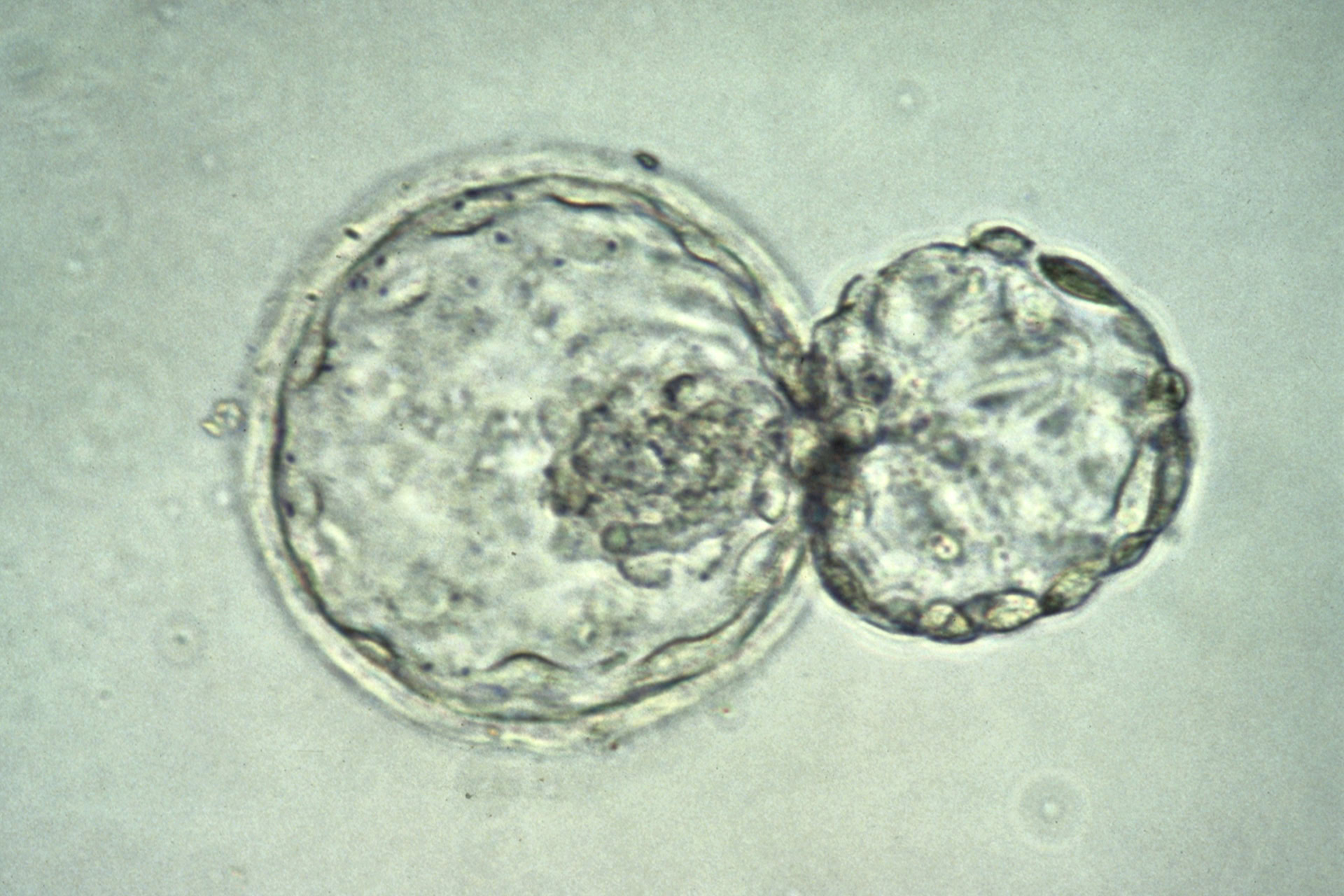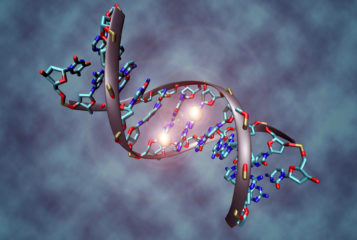A chemical that causes bad breath may help convert stem cells into liver cells, according to scientists in Japan.
Hydrogen sulphide causes unpleasant-smelling breath and small amounts are naturally produced by the body. Now, researchers have used it as a way of converting stem cells taken from the centre of the tooth (dental pulp) into liver (hepatic) cells.
They found that stem cells treated with hydrogen sulphide produced more hepatic cells than untreated stem cells, and that they were also of a higher purity.
'High purity means there are less 'wrong cells' that are being differentiated to other tissues, or remaining as stem cells', said Dr Ken Yaegaki, the lead author of the study. 'Moreover, these facts suggest that patients undergoing transplantation with the hepatic cells may have almost no possibility of developing teratomas or cancers, as can be the case when using bone marrow stem cells'.
The stem cells were tested to see if they had successfully become hepatic cells by looking at two key functions of liver cells - glycogen storage and urea production.
The team, from the Nippon Dental School, Japan, hope their work will ultimately help patients with liver damage. Dr Yaegaki said: 'Until now, nobody has produced the protocol to regenerate such a huge number of hepatic cells for human transplantation. Compared to the traditional method of using fetal bovine serum to produce the cells, our method is productive and, most importantly, safe'.
Hydrogen sulphide smells like rotten eggs and is produced throughout the body. Its exact function is unclear but scientists believe it might be important in regulating a number of different biological processes including programmed cell death, where faulty cells are intentionally destroyed by the body.
Anthony Hollander, head of cellular and molecular medicine at Bristol University, who was not involved in the study, said: 'This is interesting work in a new direction but there's a long way to go to see if it is usable therapeutically'.
The research was published in the Journal of Breath Research.






Leave a Reply
You must be logged in to post a comment.